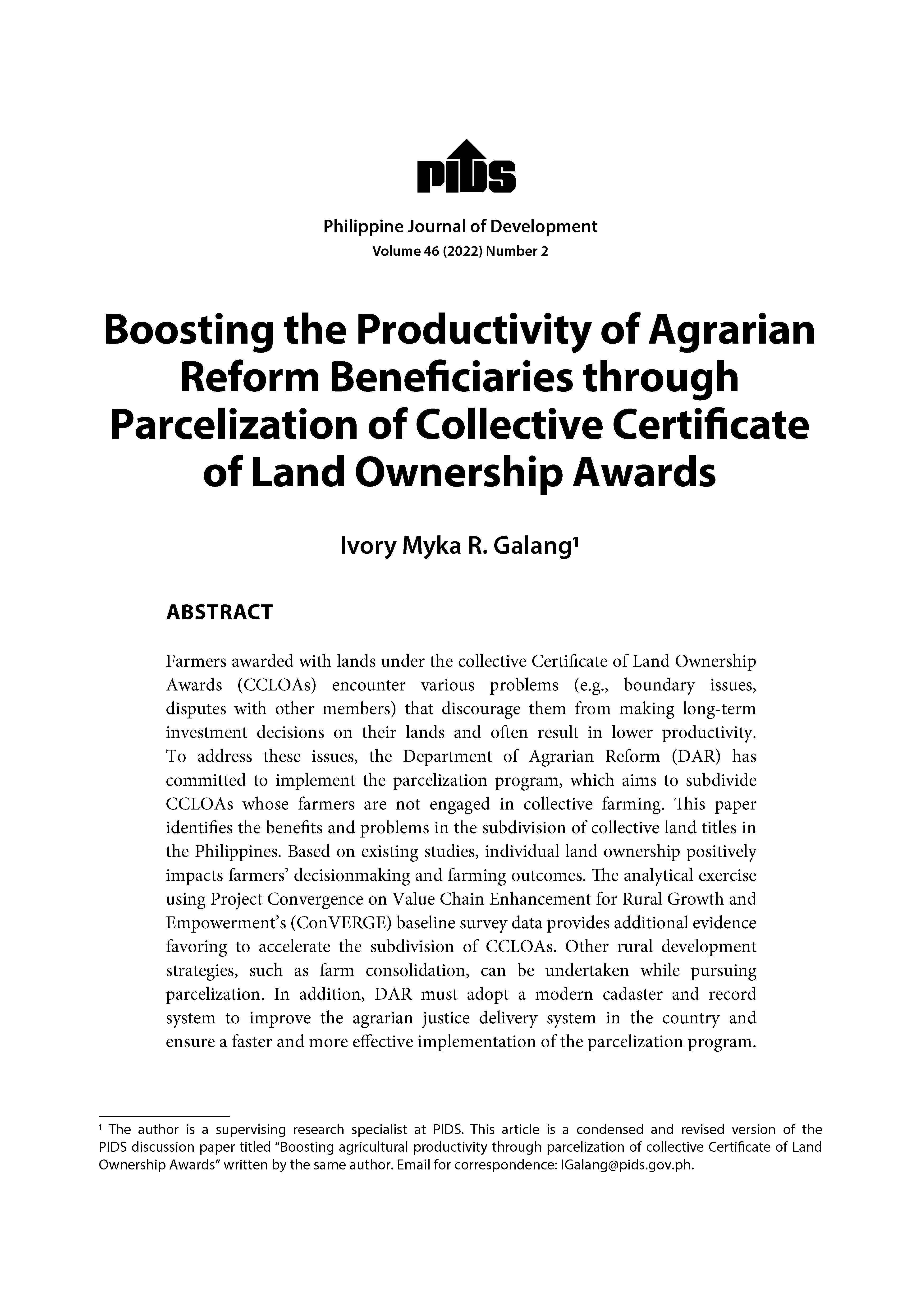A full and extensive audit of the electricity backbone’s operations will have to be undertaken and thereafter made public amid the recurring power shortfalls that hound an increasing number of regions.
National Grid Corp. of the Philippines blamed unscheduled shutdowns of major power plants for the shortfall consistent with its argument that the lack of supply should be addressed.
The Department of Energy, nonetheless, reported after an investigation of the 8 May red alert that the tripping of the Bolo-Masinloc 230kV Line 2 caused the system to fail.
Panay’s electricity woes that happened a week before were found to have been the result of the absence of a backup system which is referred to as N-1 in the jargon of the power industry.
The Luzon problem was also the result of the questionable redundancy that NGCP claims to have but which energy experts disputed since rotational brownouts, which N-1 seeks to avert, happened on that fateful day.
The consequences of delays in resolving the frequent outages are enormous, counted in terms of opportunity losses.
According to energy experts in a forum organized by the state think tank Philippine Institute for Development Studies or PIDS, a five-hour power outage in the Philippines costs the economy some P556 million in losses.
The experts said if the frequent power failures are not resolved, the growth momentum will be affected by missed output.
The energy sector continues to face problems such as insufficient power supply, congested transmission lines, and recurring damages from disasters, the energy experts indicated.
Based on the measurement called the value of lost load, the cost of an outage is about P20.65 per kilowatt hour and for every five hours of electricity interruption, 500 megawatts are missed which translates to P556 million in economic losses.
“It’s a hefty amount to lose for a developing country,” a representative of the Philippine Independent Power Producers Association Inc. explained.
Another gauge that determines the acceptable number of hours of power interruption, known as loss of load expectation, places the average power outage at 10 days a year for the country compared to Singapore’s one hour in 10 years.
PIPPA also identified transmission line issues. “From Luzon to Visayas and vice versa, the lines are utterly congested, which if removed, a vast improvement and a decrease in power interruptions is expected,” a PIPPA official indicated.
The problems in the electricity grid are compounded by NGCP’s refusal to acknowledge its shortcomings.
For instance, in the recent Luzon outage, NGCP claimed that while “there were grid incidents” these “by themselves ought not to have caused the effects seen.”
Its spokesperson pointed out that “before the occurrence of the faults, unplanned outages of plants and the deration of other plants contributed to the situation.”
In layman’s terms, the power plants failed to meet the electricity demand which led to the tripping of the NGCP-operated system which was the opposite of the DoE findings that the transmission line failed, forcing power generators to shut down
Only an earnest review of the entire power system, from the power plant to the transmission backbone until the electricity is distributed to each household will the extent of the problems of the power service unfold.
NGCP said it welcomes an audit but it attaches several terms for the conduct of such a review.
Since it is the subject of the assessment, NGCP should allow the government a free hand for the review.
The state, which still owns the electricity grid, should not allow the tenant to interfere since under review is the efficiency or the lack of it in handling a vital public property.






